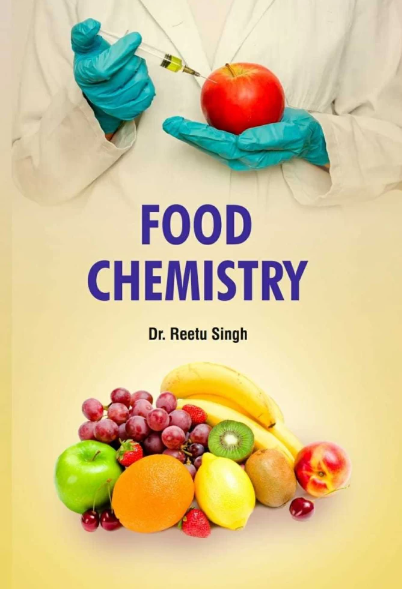Residue and metabolism of imidacloprid in cherry radish using a 14C study: Implications for food safety
IF 8.5
1区 农林科学
Q1 CHEMISTRY, APPLIED
引用次数: 0
Abstract
Although imidacloprid is widely used and registered for radish cultivation in China, its metabolic fate in radish remains unclear, posing uncertainties in consumer safety. Herein, we employed 14C-imidacloprid to elucidate its distribution and metabolism in cherry radish. Residue analysis showed higher accumulation in shoots (1.15–1.32 μmol) than roots (0.0210–0.0678 μmol). Imidacloprid in radish dissipated following first-order kinetics, with a half-life of 18.5 d. Parental imidacloprid was confirmed in roots, while four metabolites, predominantly olefin and 4/5-hydroxy imidacloprid, were identified in shoots. The proposed pathway involves hydrolysis of the imidazole ring to form hydroxyl derivatives, followed by dehydration to olefin products. Notably, dietary risk assessment revealed risk quotient values up to 20 % in some individuals consuming radish leaves, highlighting the need for stricter monitoring. Overall, these findings fill the knowledge gap regarding imidacloprid metabolism in radishes and offer vital insights into optimizing pesticide usage while maintaining food safety.

吡虫啉在樱桃萝卜中的残留和代谢的14C研究:对食品安全的启示
尽管吡虫啉在中国被广泛使用并注册用于萝卜种植,但其在萝卜中的代谢命运尚不清楚,给消费者安全带来了不确定性。本研究利用14c -吡虫啉对其在樱桃萝卜中的分布和代谢进行了研究。残留分析表明,茎部(1.15 ~ 1.32 μmol)的积累量高于根(0.0210 ~ 0.0678 μmol)。吡虫啉在萝卜体内的耗散符合一级动力学,半衰期为18.5 d。亲本吡虫啉主要存在于根中,而4种代谢物主要存在于茎中,主要为烯烃和4/5-羟基吡虫啉。提出的途径包括咪唑环水解形成羟基衍生物,然后脱水生成烯烃产品。值得注意的是,饮食风险评估显示,在一些食用萝卜叶的个体中,风险商值高达20% %,强调需要更严格的监测。总的来说,这些发现填补了有关吡虫啉在萝卜中的代谢的知识空白,并为在保持食品安全的同时优化农药使用提供了重要的见解。
本文章由计算机程序翻译,如有差异,请以英文原文为准。
求助全文
约1分钟内获得全文
求助全文
来源期刊

Food Chemistry
工程技术-食品科技
CiteScore
16.30
自引率
10.20%
发文量
3130
审稿时长
122 days
期刊介绍:
Food Chemistry publishes original research papers dealing with the advancement of the chemistry and biochemistry of foods or the analytical methods/ approach used. All papers should focus on the novelty of the research carried out.
 求助内容:
求助内容: 应助结果提醒方式:
应助结果提醒方式:


